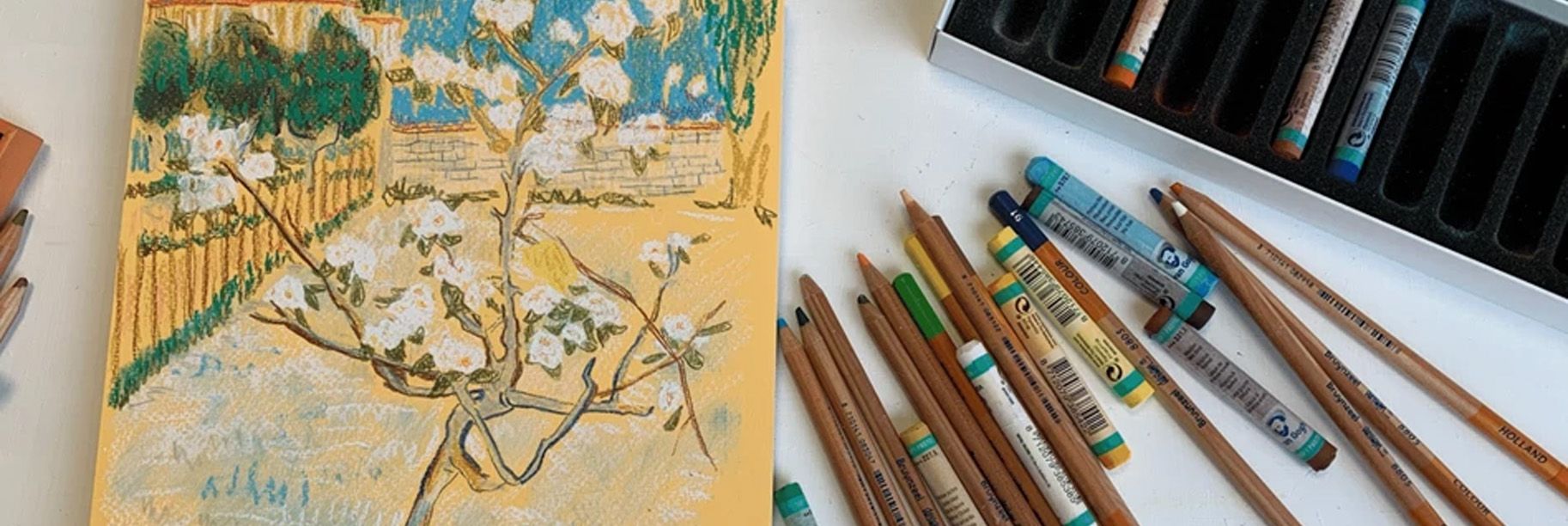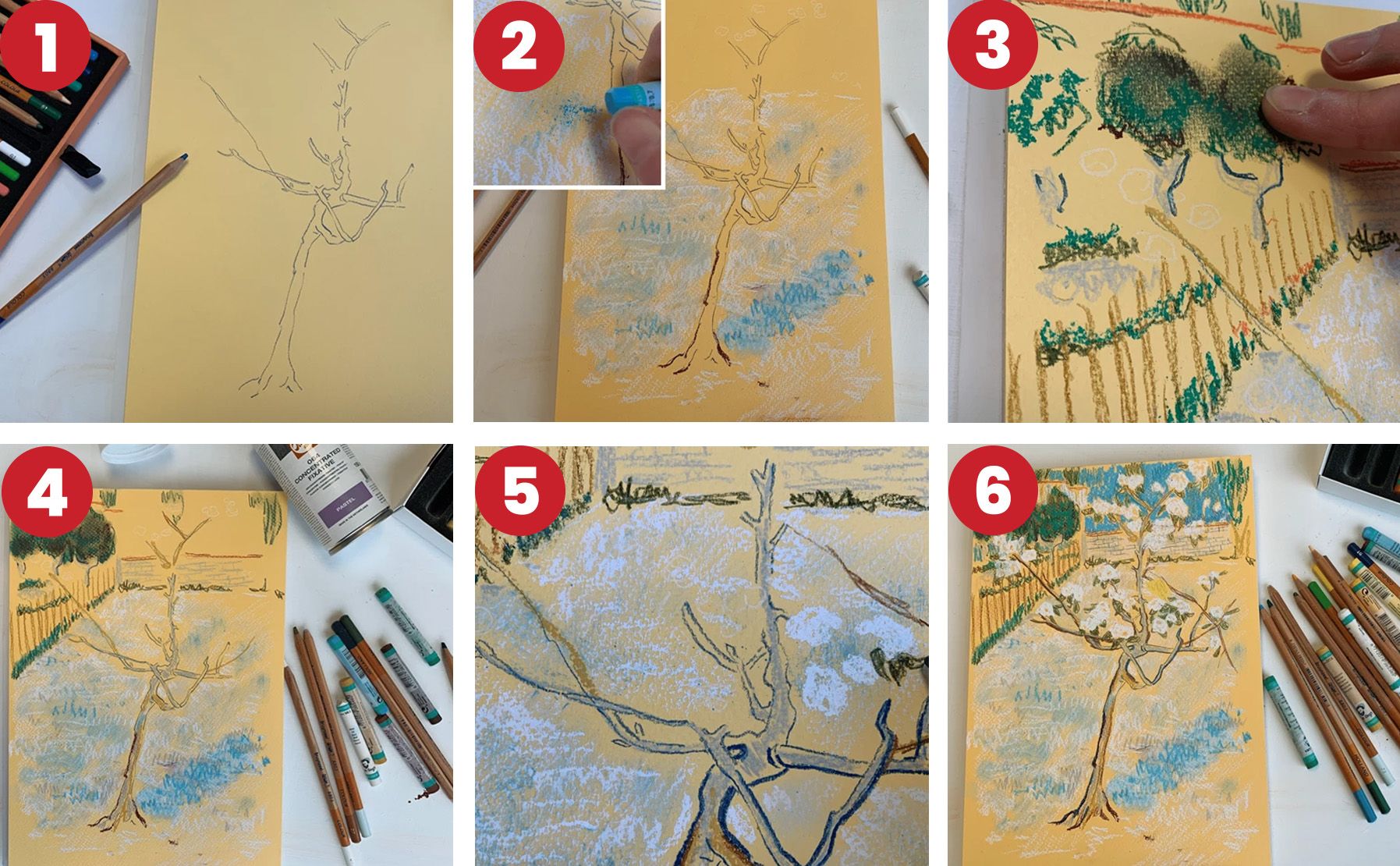Shop Now
- Copic
-
Painting
-
Paint
- Acrylic
- Oil Colour
- Water Mixable Oil
- Gouache
- Watercolour
- Decorative
-
Inks
- Atelier Acrylic Inks
- Sakura Oil Printing Colours
-
Permaset Screenprinting Ink
-
Permaset Aqua Standard
- Permaset Aqua Standard 100ml
- Permaset Aqua Metallic 100ml
- Permaset Aqua Standard 300ml
- Permaset Aqua Glow 300ml
- Permaset Aqua Metallic 300ml
- Permaset Aqua Standard 1Lt
- Permaset Aqua Process Colours 1Lt
- Permaset Aqua Glow 1Lt
- Permaset Aqua Metallic 1Lt
- Permaset Aqua Standard 4Lt
- Permaset Aqua Process Colours 4Lt
- Permaset Aqua Glow 4Lt
- Permaset Aqua Metallic 4Lt
- Permaprint Premium
- Permaset Aqua Supercover
- Screenprinting Sets
- Print Paste
- Screenprinting Accessories
-
Permaset Aqua Standard
- Amsterdam Acrylic Inks
- Mediums
- Canvas and Surfaces
- Brushes and Tools
-
Paint
-
Drawing
- Markers
- Pens
- Pencils
- Pastels
- Inks
- Drawing Surfaces
- Accessories
- Surfaces
- MABEF Easels
- Craft & Cutting
- Adhesives & Tape
- Display & Storage
- Framing Supplies
- Monumental Masons
- Talens
- Tutorials
- X-Press It
- Acrylic Paint
- Acrylic Pouring
- Art
- Art Creations
- Australian Artist
- Blending
- Chroma
- Cobra Water Mixable Oil Colours
- Colour Mixing
- Copic
- Deco Tape
- Double Sided Tape
- Drawing
- Ecoline
- Fineliners
- Gel Pens
- Gelly Roll
- Hand Lettering
- Koi Watercolours
- Lightfastness
- Mixed Media
- Oil Painting
- Oil Pastels
- Paint Markers
- Painting
- Pastels
- Pencils
- Permanent Markers
- Pigma Micron
- Pouring Art
- Rembrandt
- Sakura
- Soft Pastels
- Solvent Free Oil Painting
- Step By Step Tutorials
- Storage
- Talens
- Tips & Techniques
- Van Gogh
- Watercolour Brush Pens
- Watercolours
- X-Press It Craft
- Metal Leaf
- Glue
- Adhesives
- Alcohol Markers
- Copic Sketch
- Copic Classic
- Copic Ciao
- Copic Ink
- Airbrushing
- Refillable
- Alcohol Ink Art Techniques
Small Pear Tree in Blossom Drawing
“It is still quite cold here in the Netherlands, even though it is April already, so everyone is desperately looking for a glimmer of spring. The crocuses and daffodils on the sides of the road and the fresh tulips offered at the markets offer us some hope for warmer days to come.
Van Gogh’s small pear tree is in full bloom. Though pear trees may bloom later in the year, this image still spoke to me during this time of the year: blossom that will soon bear fruit.
Van Gogh’s paintings often seem to be quite simple. That is, until you start working on them yourself. He has the tendency to ‘draw’ using his paint brush, which is why Van Gogh’s paintings are great candidates to recreate as drawings! The number of colours he uses in his art are seemingly infinite. The lines are both prominent and fragile. His paintings offer me some consolation in the final dark days of the winter season.”
In this step-by-step plan, Merel Jansen, technical advisor at Royal Talens, shows us how to recreate Van Gogh’s Small Pear Tree in Blossom using Van Gogh soft pastels (how fittingly), Bruynzeel Design coloured pencils and Rembrandt pastel paper. She uses a fixative spray for pastels in between layers and to fix the final piece.
What you need:
- Soft Pastels
- Bruynzeel Design colour pencils set of 24
- Rembrandt pastel paper light, A4 size
- Talens concertrated fixative spray cans for pastels
Step 1:
Start sketching the shape of the tree onto the pastel paper using the coloured pencils. I used a soft yellow coloured pastel paper since this instantly adds a bit of warmth to your drawing. White backgrounds are actually very unnatural, nothing in nature has a stark-white background. Make sure to choose your paper wisely!
Step 2:
The backgrounds of Van Gogh’s paintings often look a little ‘dirty’. This may have happened over time, but it is still an interesting aspect of the paintings.
If you take a soft pastel and scrape the top slightly with your nail and then smudge the particles that fall off, you can easily recreate that dirtiness in your own background. Do this using different colours to fill in your background while still leaving some of the paper to shine through.
Don’t forget to spray this first layer with your fixative spray before you start working on the second layer!
Step 3:
Now you can use the soft pastels to recreate the brush strokes Van Gogh used in his works. Because the pastels are highly pigmented, the colours are just as intense as in the original. Add details to the background in short strokes and smudge it out with your finger for a blended effect.
Use the fixative spray once you have completed a layer.
Step 4:
Work slowly in layers from the background to the foreground to build your drawing. Since the pastels offer lines that are fairly thick, I opted to use coloured pencils to add in finer details and lines instead.
Step 5:
The blossoms and leaves of the pear tree are the focal point of this drawing and can be applied heavily using the pastels in white, pink and green shades. Now you can add the blue sky around the blossoms as well. These elements should be the final addition to the drawing, so they serve as the top layer.
Once you are happy with the result, fix your work using the fixative spray.
Step 6:
This completes your pear tree. We hope you’ve enjoyed this tutorial and it inspires you to try to recreate a famous painting yourself. If you do, please share your results using #RoyalTalensau. Have fun experimenting!



